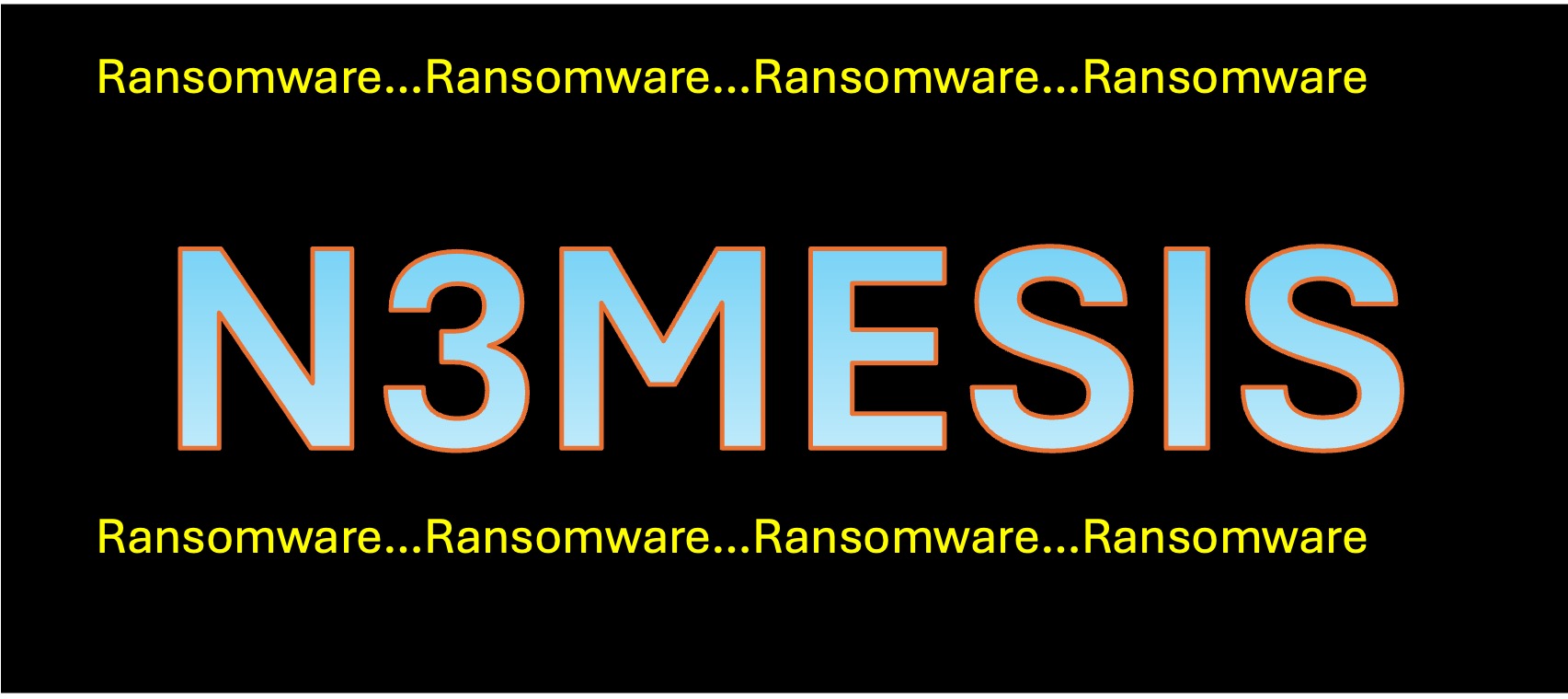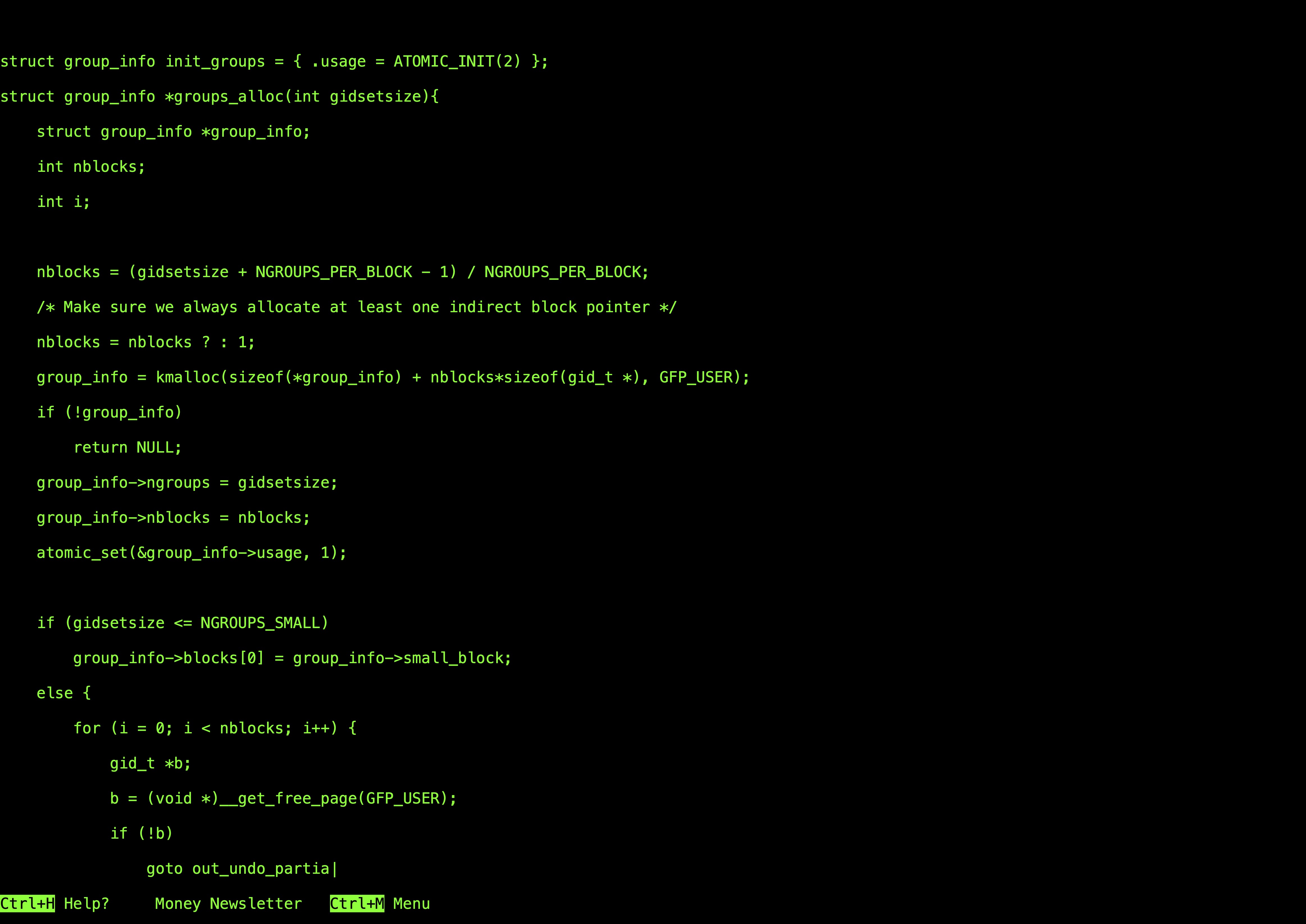Praxis is Invading My Life…In A Good Way
I have always been intrigued by the process of coding. Part of this intrigue came from watching action and adventure television shows or movies that usually featured a tech person or hacker. Whether serving the interests of the protagonist(s), the antagonist(s), or sometimes both either willingly or by force, the tech person would navigate a dark screen full of numbers and letters that I now understand involves coding.
Recently, I have been rewatching the 2016 reboot version of the MacGyver television series which features a character named Riley who is an expert computer hacker who uses her skills to benefit the covert Phoenix Foundation. In one episode, the city of Los Angeles is under a ransomware attack by a hacker that causes a citywide blackout and takes control of a nuclear power plant that threatens the surrounding area. Upon recognizing the name N3mesis encoded within the ransomware code, Riley reveals that she helped write the code with two friends during her illicit hacking days before her work with the Phoenix, meaning one of her former friends was responsible for the attacks.

As the name N3mesis visibly appeared on the screen within the code, I had an epiphany from our conversations during the Code Lab on September 19 about how one can leave notes within the code to alert others of changes. In other similar TV shows and movies that I have watched involving coding, there have been references to messages hidden within the code that the protagonists have used to successfully confront the imminent threat or danger. Perhaps a month ago, these references to coding would have gone over my head, so it was refreshing to make connections to Praxis from popular culture.
Within television shows and movies, the image of a computer hacker features someone typing very fast, sometimes in an isolated location, and manipulating code to accomplish a task, whether for altruistic or selfish reasons, as seen in the image below. (Thanks Brandon for the introduction to HackerTyper.

Yet, as the exercises in writing algorithms in plain English have shown, there is a lot more involved in coding. With the tutorials to Git, GitHub, and Visual Studio Code, Shane, Jeremy, and Brandon emphasized that coding starts with the basics, learning and understanding commands like add, commit, pull, push, and reset.
With exercises in Code Lab such as the icebreaker assignment using Git, I believe it serves as a metaphor for the collaboration exercise. We add by contributing to a project, we commit to our changes, we push those changes to a larger context that includes the work of others, and then we pull to help merge those changes. If necessary, we may have to reset things and start the process over again.
The activity among our cohort was a bit of trial and error, such as accidentally clearing someone else’s work when seeking to make new changes. However, with assistance from members of the Scholar’s Lab, we eventually made progress in making changes without errors as reflected in GitHub. This icebreaker exercise serves as a metaphor for collaboration in general. Our cohort contributed to one project and sometimes we face challenges like inadvertently clearing someone else’s work. However, we can easily correct mistakes (or in the case of GitHub, see previous versions of our work) and we can take lessons about these mistakes to avoid making them in the future.
Praxis is invading my life…but in a good way. I hope to continue to make connections between my Praxis life, my academic life, and my personal life, such as the connections between coding and popular movie and television culture. I plan to take advantage of the opportunities of these experiences within the Praxis Program.
